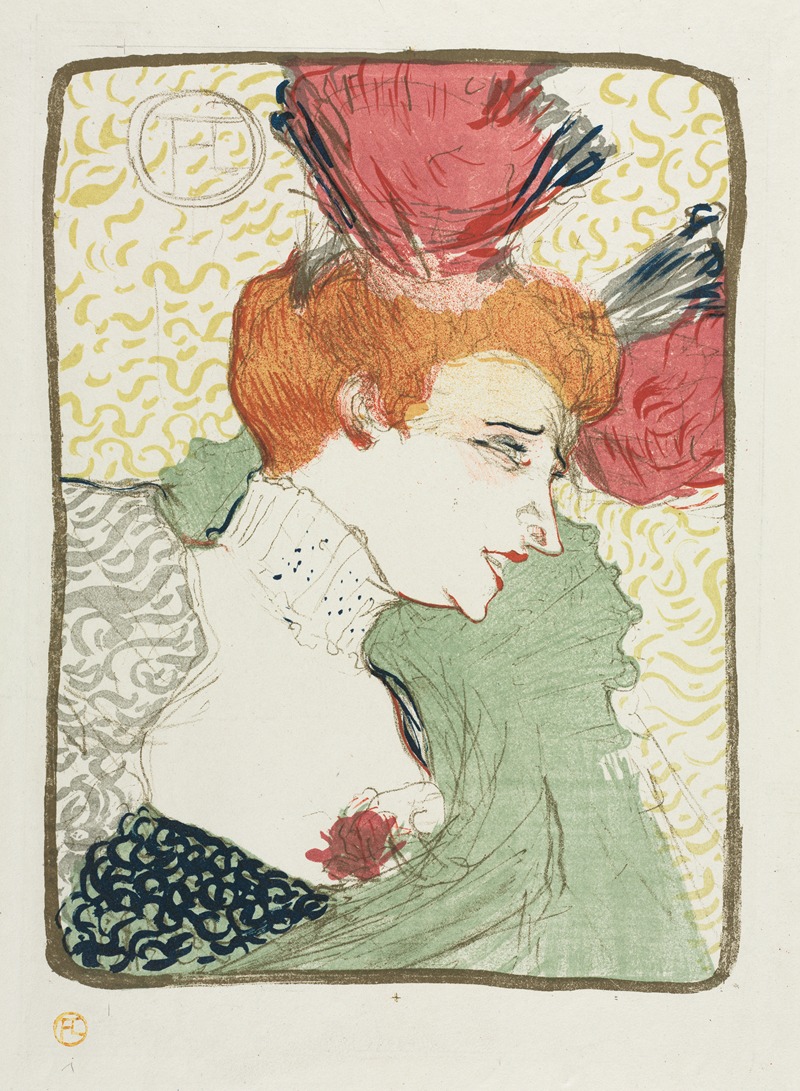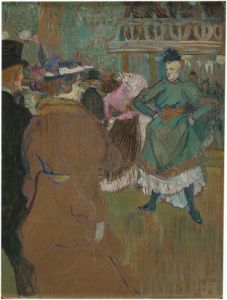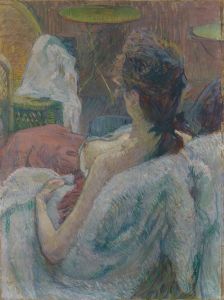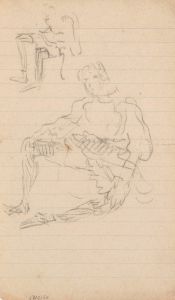
Bust Of Mademoiselle Lender
A hand-painted replica of Henri de Toulouse-Lautrec’s masterpiece Bust Of Mademoiselle Lender, meticulously crafted by professional artists to capture the true essence of the original. Each piece is created with museum-quality canvas and rare mineral pigments, carefully painted by experienced artists with delicate brushstrokes and rich, layered colors to perfectly recreate the texture of the original artwork. Unlike machine-printed reproductions, this hand-painted version brings the painting to life, infused with the artist’s emotions and skill in every stroke. Whether for personal collection or home decoration, it instantly elevates the artistic atmosphere of any space.
Henri de Toulouse-Lautrec, a prominent French painter and illustrator, is renowned for his depictions of Parisian nightlife in the late 19th century. Among his diverse body of work is the piece titled "Bust of Mademoiselle Lender." This artwork is a testament to Lautrec's unique style and his ability to capture the essence of his subjects with both sensitivity and a keen eye for detail.
Henri de Toulouse-Lautrec was born in 1864 in Albi, France, into an aristocratic family. Despite his noble lineage, Lautrec's life was marked by physical challenges due to congenital health issues, which influenced his perspective and artistic approach. He moved to Paris in his youth, where he immersed himself in the bohemian lifestyle of Montmartre, a hub for artists, writers, and performers. This vibrant environment provided Lautrec with endless inspiration, and he became a fixture in the city's cabarets, theaters, and dance halls.
The "Bust of Mademoiselle Lender" is a portrait that reflects Lautrec's fascination with the performers and personalities of Paris. Mademoiselle Lender, the subject of this work, was a performer during Lautrec's time, although specific details about her life and career are not extensively documented. Lautrec's portrayal of her captures not only her physical likeness but also hints at her personality and presence.
Lautrec's technique in this piece is characteristic of his broader oeuvre. He often employed bold lines and a limited color palette, focusing on the expressive potential of his subjects. His portraits are known for their psychological depth, often revealing the inner life of the individuals he depicted. In "Bust of Mademoiselle Lender," Lautrec's brushwork and use of color convey a sense of immediacy and intimacy, drawing the viewer into a personal encounter with the subject.
The artwork exemplifies Lautrec's ability to blend elements of Impressionism and Post-Impressionism, creating a style that was uniquely his own. His work often eschewed the idealized forms of traditional portraiture, instead opting for a more candid and sometimes unflinching representation of reality. This approach allowed him to capture the vibrancy and dynamism of Parisian society, as well as the complexities of the individuals within it.
Lautrec's contributions to art extend beyond his technical skills; he was also a keen observer of social dynamics and cultural trends. His portraits, including "Bust of Mademoiselle Lender," serve as historical documents that offer insight into the lives of performers and the atmosphere of the venues they inhabited. Through his work, Lautrec provided a window into a world that was both glamorous and gritty, celebrating the diversity and vitality of the human experience.
Today, Henri de Toulouse-Lautrec is celebrated as one of the most influential artists of his time. His works are held in major collections around the world, and his legacy continues to inspire artists and art enthusiasts alike. "Bust of Mademoiselle Lender" remains a significant piece within his portfolio, exemplifying his mastery of portraiture and his enduring fascination with the people who populated his world.


















